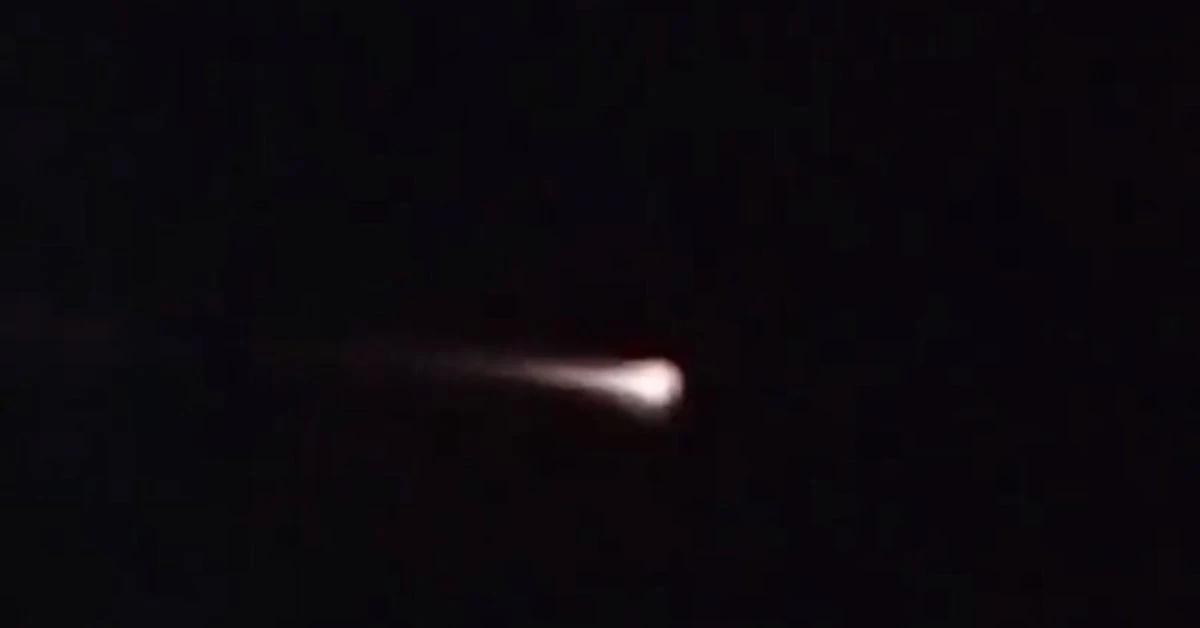
What many believed to be an unidentified flying object (UFO) in the sky of the Philippineswas actually asteroid 2024 RW1, approximately one meter in diameter, which provided an impressive spectacle as it entered the Earth’s atmosphere near Luzon Island.
This is how this meteorite lit up the sky in the Philippines
The meteorite disintegrated in mid-air, creating a spectacular fireball visible from several points in the region. The precise prediction of the event, made by the European Space Agency (ESA), allowed residents to prepare to observe the phenomenon. “This is good news, it is a sign that we are improving our planetary defence capabilities,” ESA explained on its X social media account, highlighting the effectiveness of the early warning system.
What was known about the meteorite
The detection of 2024 RW1 was particularly notable, as it was one of the few asteroids ever detected before impact. The meteorite was identified on March 4, and its arrival was precisely timed to be 16:46 UTC on the same day. This prediction capability has significantly advanced compared to past events, such as the case of asteroid 2024 BX1 in January 2024, which was detected three hours before it passed near Berlin.
Although asteroids like 2024 RW1 come to Earth every two weeks on average, most go undetected and disintegrate harmlessly. ESA notes that These small objects, upon entering the atmosphere, disintegrate due to friction with the gas molecules and the internal pressure of the bolide.
For an asteroid to reach Earth’s surface, it must be considerably larger and composed mostly of metals. “They do not pose a significant hazard, and most go undetected. But they can help us understand how many small asteroids there are and study the fireballs they produce to determine what they are made of,” the agency concludes in its statement.
Source: https://www.noticiascaracol.com/mundo/meteorito-ilumino-el-cielo-de-filipinas-vea-aca-las-imagenes-rg10


